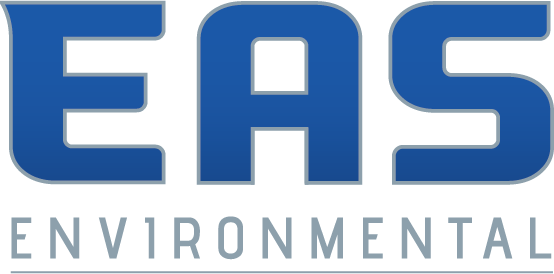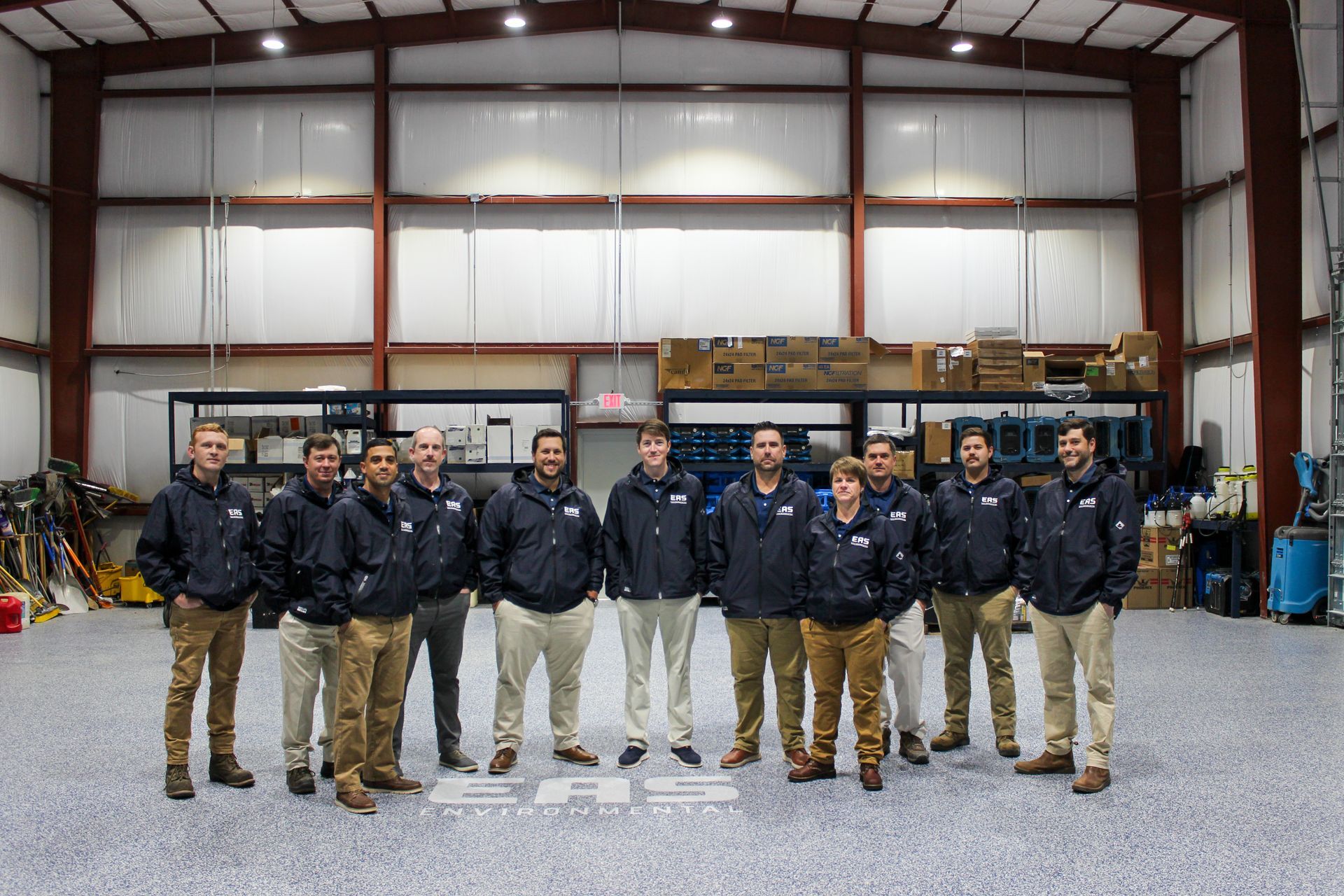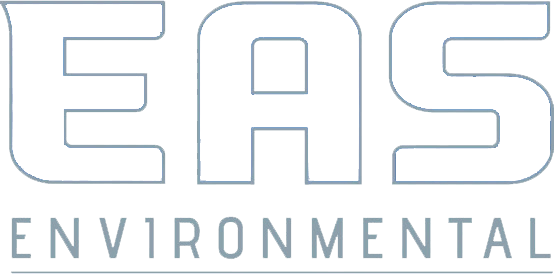
Welcome to our blog, where we will dive into the topic of removing yellow mold from crawl spaces and provide you with valuable insights on how to effectively tackle this issue. Yellow mold can be a common occurrence in crawl spaces due to the presence of moisture and organic materials. In this article, we will explore the causes of yellow mold growth, the potential risks it poses, and provide you with practical guidance on how to safely and efficiently remove yellow mold from your crawl space.
Challenges and Solutions for Effective Crawl Space Removal
Removing mold from a crawl space can present unique challenges, but with the right solutions, it can be tackled effectively. One of the primary challenges is the limited access and confined space of crawl spaces, making it difficult to navigate and perform mold removal tasks. However, there are solutions available to overcome these challenges and ensure an effective cleanup process.
Firstly, proper safety measures are essential when dealing with mold removal in crawl spaces. It's crucial to wear personal protective equipment (PPE) such as gloves, goggles, and a respirator to protect against mold spores and other contaminants. Adequate lighting and ventilation should also be ensured to create a safe working environment. Secondly, implementing effective cleaning techniques is key to successful mold removal. This includes physically removing mold growth by scrubbing or brushing the affected surfaces and using appropriate cleaning agents specifically designed for mold remediation. Additionally, addressing the root cause of the mold growth, such as moisture or water intrusion, is crucial to prevent future mold issues. By addressing these challenges and implementing appropriate solutions, you can achieve effective mold removal in crawl spaces and create a healthier living environment.
Efficient Removal from Your Crawl Space
Efficiently removing mold from your crawl space is essential to ensure a healthy living environment and prevent further damage. With the right approach and techniques, you can tackle the mold problem efficiently and effectively.
Firstly, it's important to assess the extent of the mold growth in your crawl space. Identify the affected areas and determine the underlying cause, such as moisture or water intrusion, that is contributing to the mold growth. Once you have identified the source, address it to prevent further mold development. Next, use appropriate personal protective equipment (PPE) such as gloves, goggles, and a respirator to protect yourself from mold spores and other contaminants. Begin the removal process by physically scrubbing or brushing the affected surfaces with a mold-specific cleaner or a mixture of water and detergent. Thoroughly clean and disinfect the area, ensuring all visible mold is removed. It may also be necessary to use a HEPA vacuum to remove any remaining mold spores from surfaces and the air. Finally, implement measures to prevent future mold growth, such as improving ventilation and reducing moisture levels in the crawl space through dehumidification or proper drainage systems. By following these steps, you can efficiently remove mold from your crawl space and create a healthier living environment for you and your family.
Banishing Yellow Mold
Banishing yellow mold from your living spaces is crucial to maintain a clean and healthy environment. Yellow mold can often be found in damp and poorly ventilated areas such as crawl spaces, posing potential risks to your health and property. Fortunately, with the right approach, you can effectively banish yellow mold and prevent its recurrence.
Firstly, it's important to address the underlying cause of the mold growth, typically excess moisture. Identify and rectify any water leaks or sources of moisture in the affected area, ensuring proper ventilation to reduce humidity levels. Next, don appropriate personal protective equipment (PPE) including gloves, goggles, and a respirator to protect yourself during the mold removal process. Thoroughly clean the affected surfaces with a mold-specific cleaner or a mixture of water and detergent, scrubbing away the yellow mold. It's crucial to remove all visible mold and thoroughly dry the area to prevent its regrowth. Additionally, consider using mold-inhibiting products or applying a mold-resistant coating to the surfaces as an extra preventative measure. By taking these steps, you can successfully banish yellow mold and create a mold-free environment for a healthier and cleaner living space.
FAQs
Contact EAS Environmental Today!
EAS Environmental will do everything we can to ensure your experience with us is excellent.
Request A FREE Estimate
Request a Free Estimate Form
Checkout Recent Post
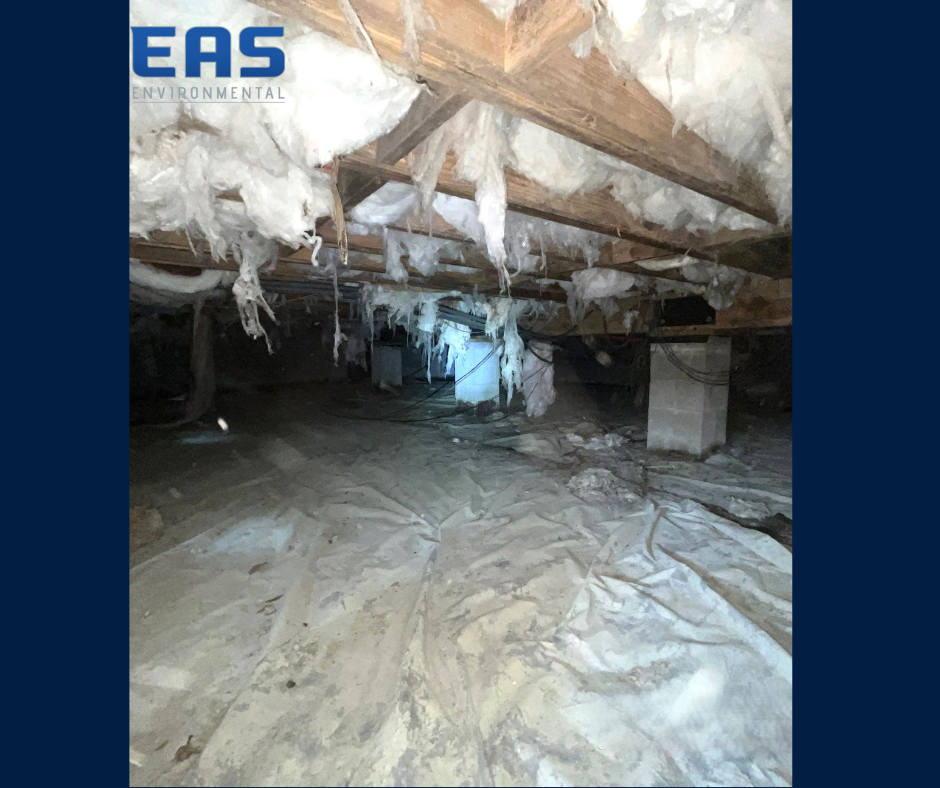
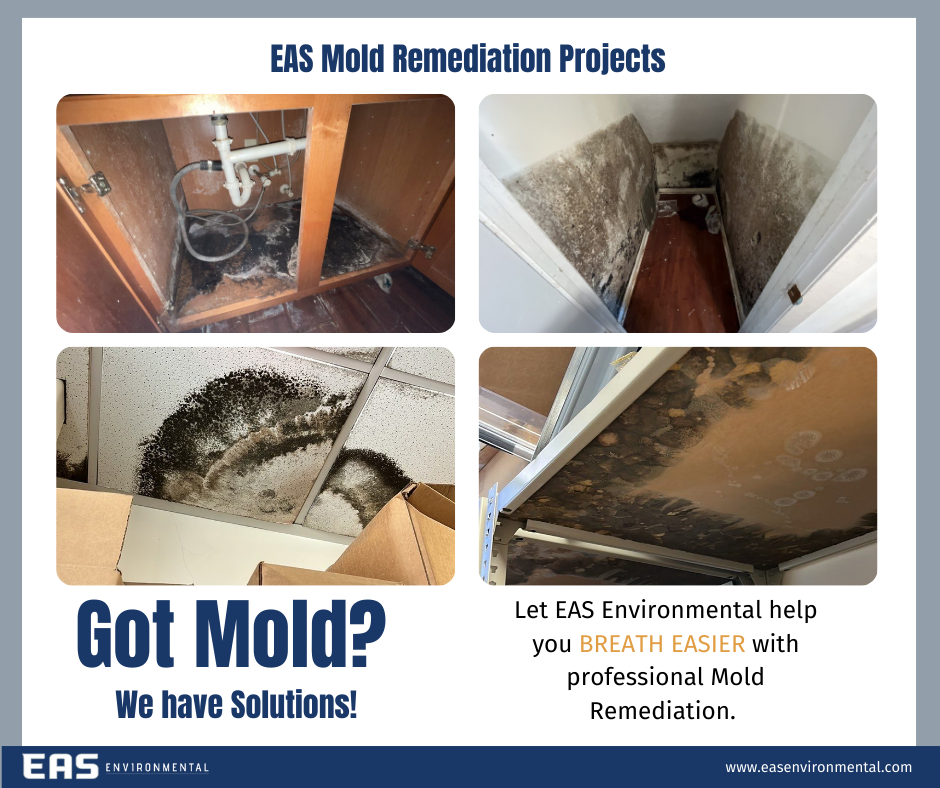
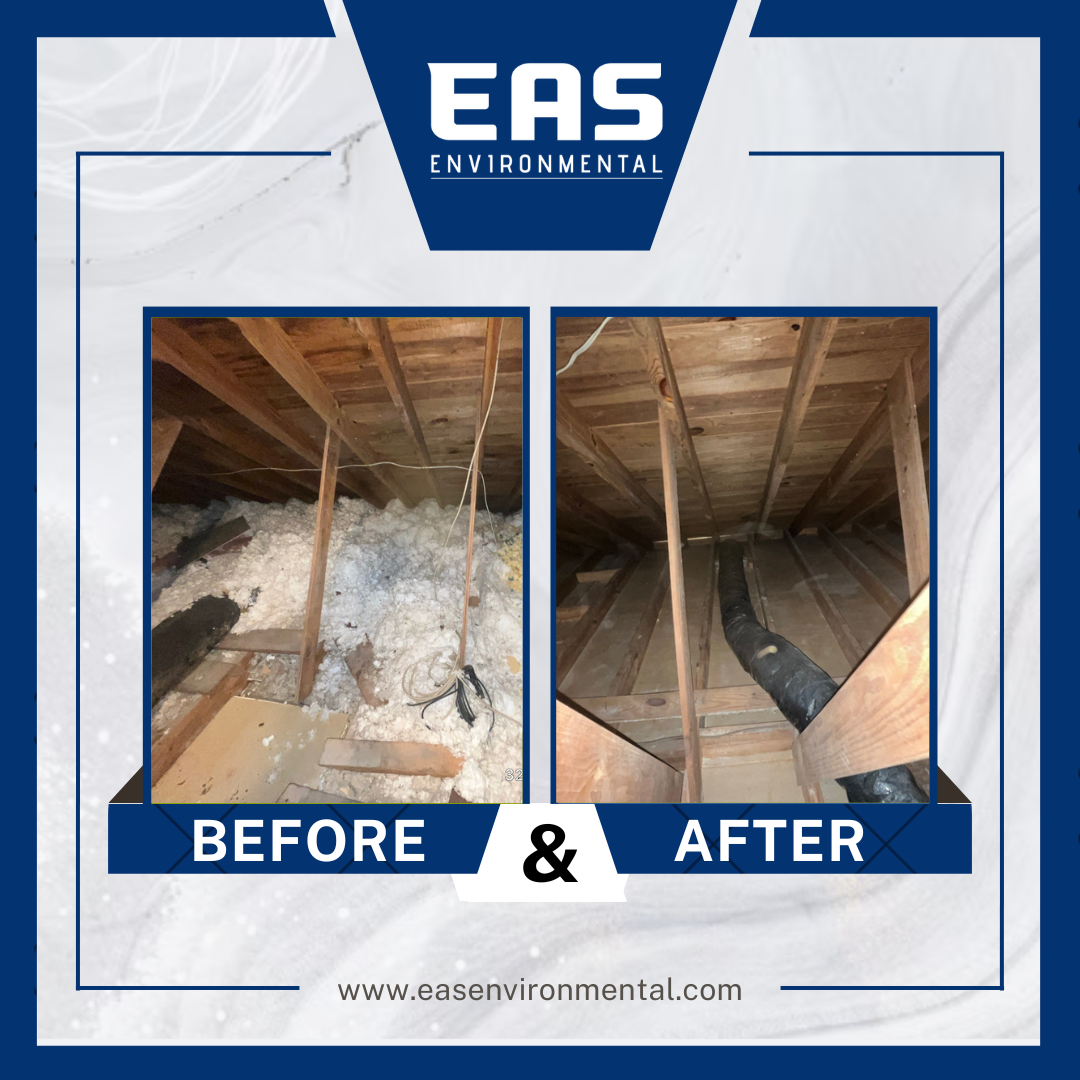
Got a Question? We’re Here to Help.
You can arrange an appointment or make an enquiry by phone or email, orget in touch to us via our contact form.
